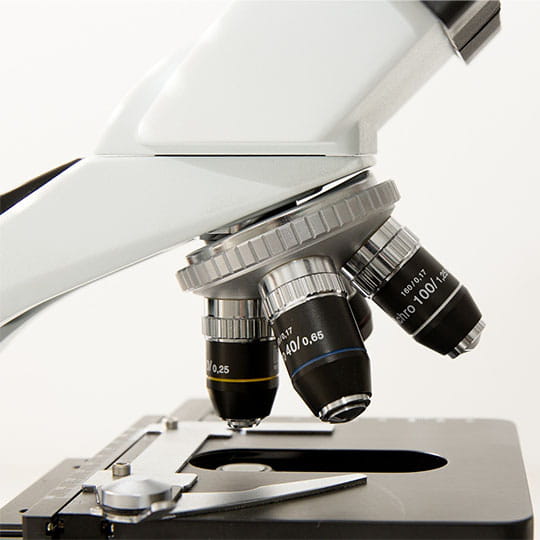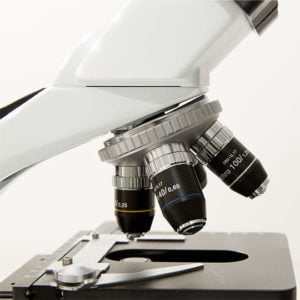Indoor Air pollutants Overview
The typical indoor air environment is “contaminated” with tiny substances, known as indoor air pollutants, that are usually unseen by the naked eye, typically measured in microns 3(μ). At natural levels, those substances are in quantities that typically would not harm the occupant, but when their concentrations increase to a certain extent they can become damaging to health in various ways. Indoor air pollution describes the existence and concentration of those substances in the indoor environment.
Different categorizations exist for distinguishing indoor air pollutants. One typical one used by EPA is distinguishing them into particulate and gaseous pollutants (Environmental Protection Agency [EPA], 2012). The problem with that broad categorization is that many pollutant sources share characteristics from both categories; such is the environmental tobacco smoke (ETS) that produces both gaseous pollutants and particulate matter. For that reason, distinguishing them in more specific subcategories is more accurate.
Indoor Air pollutants List
An alternative categorization of the indoor air pollutants and their most important substances, based on EPA reports is the following:
Particulate Matter (PM): A mixture of air-borne solid particles and liquid droplets
- Coarse Particles(PMcoarse): PM with a diameter between 2.5 and 10 microns that is inhalable but usually reaches only the upper respiratory tract
- Fine Particles(PM2.5): PM with a diameter equal or below 2.5 microns that has the potential to penetrate deeply into the lungs
Biological Pollutants: Living microorganisms or their residues that contaminate the air
- Pollen: Highly allergenic to humans coarse powder produced by flowering plants
- Pathogenic bacteria: Coarse or fine in size malicious single cell organisms causing localized infections that can be treated with antibiotics
- Viruses: Very fine structures requiring a living host to reproduce, causing systemic infections that have no absolute cure
- Mold: Coarse or fine in size, type of fungus that grows in mostly humid environments digesting plant materials
- Pet allergens: Coarse or larger highly allergenic particles such as skin flakes, urines, saliva, feces, and hair that are shed from domestic animals
- Parasites such as dust mites: Parasitic organisms who leave large particulate by–products that are highly allergenic to humans
Combustion Products: Fine particulates and gaseous pollutants that usually originate from the combustion of fossil fuels in indoor environments
- Carbon monoxide: An ultra-fine in size, colorless, odorless, tasteless, toxic in high doses gas that usually originates from incomplete fuel combustion.
- Nitrogen oxides (NO & NO2): Ultra-fine in size, reddish-brown in color, highly reactive and toxic gasses released from combustion processes.
- Respirable Particles: Fine particles that are becoming airborne through fossil fuel combustion processes and act as carrying agents of other contaminants.
Household chemicals: Organic chemicals found in a variety of household products such as cleaning agents and paints that emit ultra-fine gasses, known as Volatile Organic compounds (VOCs)
- Formaldehyde: A very toxic, colorless with a pungent, irritating smell organic gas that is emitted by many household products, building materials and unvented fuel-burning appliances
- Benzene: A colorless liquid with a gasoline-like odor producing high VOC emissions coming mostly from vehicle fuel and coal combustion processes.
- Perchloroethylene: A colorless liquid used frequently in dry cleaning of fabrics that has strong VOC emissions with a distinct sweet smell.
- Methylene Chloride: A colorless, volatile liquid with a moderately sweet aroma that is widely used as a solvent.
Pesticides: A broad category of chemical and toxic to man products that function as pest repellents, plant regulators or nutrient stabilizers.
- Active ingredients such as Paradichlorobenzene: The pesticide’s toxic substance that is biologically active and acting as the catalyst to reach the pesticide’s functions
- Inert ingredients such as Xylenes: The pesticide’s substance that does not have a toxic effect on the species the pesticide is meant to combat, but that does not exclude detrimental effects on other species including humans
Minerals: Minerals are inorganic and organic substances that originate in the earth and cannot be made in the human body
- Asbestos: A carcinogenic mineral with very fine fibers that has been used commonly in a variety of building construction materials in older homes
- Lead (Pb): A highly poisonous metal, found in the air in very fine particles and that is commonly used in paint products
Other Pollutants
- Environmental Tobacco Smoke (ETS): Passive exposure to fine particulates and gaseous pollutants coming from cigarettes, cigars, or pipes.
- Radon: A colorless, odorless, tasteless radioactive gas that permeate the house from the ground and has long-term carcinogenic properties
Sources for the List
A list of all the afore-mentioned indoor air pollutants, along with their associated health issues, potential sources and suggested preventive/ eliminating measures against them are displayed in detail on table 2. The list was mostly compiled by various impact studies from EPA and other independent organizations such as the health departments of New York and California and the American Lung Association.
Disclaimers for the List
Table 2 is intended to be used as a general informative source for the typical homeowner to knowing better the contaminants that he is facing in his indoor environment. In the first column there is a detailed list of potential health symptoms that occur in excessive concentrations of their corresponding indoor air pollutants. The word excessive here in not used lightly, since all homes will be found to feature all the presented pollutants but usually in concentrations that are not considered statistically significant to cause any health issues. That have been said, the sensitivity to a specific pollutant varies from person to person, and therefore awareness and precaution are crucial into identifying in a timely manner when symptoms related to IAQ are evident.
Regarding the control techniques suggested on the table, one should be aware that their corresponding suggestions and instructions are meant to be used only as a reference point and not as an exhaustive guide to provide all the procedures needed to engage in a specific contaminant‘s source control. Instead those suggestions are there to give general knowledge and awareness, and to provoke the homeowner to do his personal research in order to acquire as much insight as possible regarding the pollutant that he has to face
Nonetheless, table 2 can provide some good basic knowledge regarding health symptoms, source and control suggestions and it’s advised to be viewed frequently, especially when applying the IAQ Master Plan strategy that will be presented at part 3 of this paper.
References
You may search on YouTube for a multitude of videos for the effectiveness of our patented Nose Filters.
You may click on the following article to see a comprehensive air quality guide on how to deal with several indoor air pollutant. This guide can also serve to show the several uses of the nose filters in everyday activities. Following the guide will improve your working or living environment and thus your living standard.
You may also read about the Air Quality Index and methods applied by several government and independent agencies to bring to you higher air quality in your lives!


